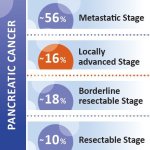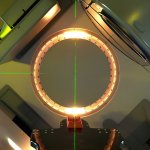
News • Combined chemo and radiotherapy
Promising treatment for rectal cancer to avoid surgery
When a person is diagnosed with rectal cancer, part of the bowel is often removed, often resulting in the need for a stoma or problems with bowel control. A new therapy could help avoid this surgery.


























